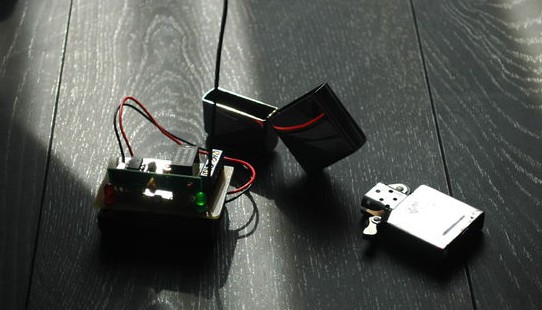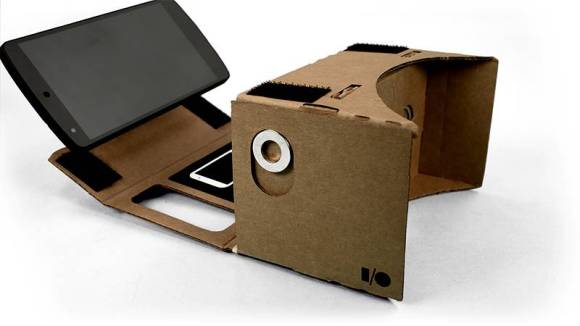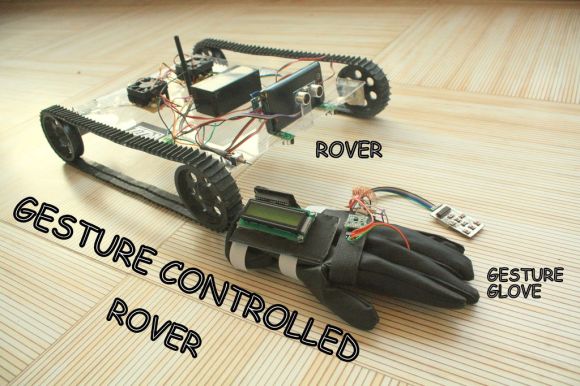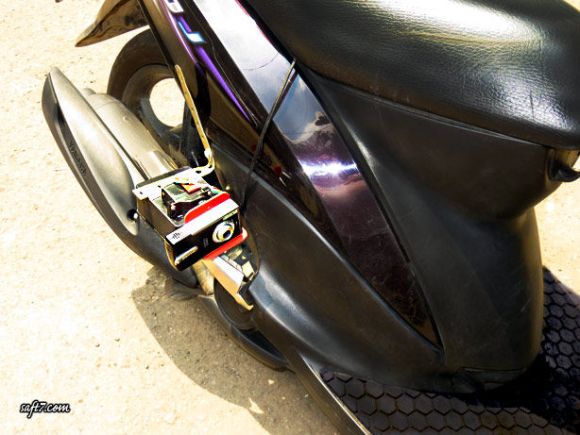
Inspired by the detonator in the Captain America: The First Avenger movie, [Jon] modified a normal Zippo lighter to activate a relay on a receiver module. His instructables shows how to create such a device by adjusting the insert in such a way that if someone flipped it open, all they would see would be a flint wheel, flint, wick, and all that stuff; nothing would be abnormal. In order to do this, the components would have to be perfectly concealed.
To acquire a remote signal, [Jon] used the whole metal case as an antenna instead of replacing the wick with one. An antenna pin on an RF module was attached to the insert to get the necessary effect. The flint wheel was then turned into a button and a notification LED was installed. Once the code was uploaded and a receiver module was fashioned together, the end product produced a flash of sparks on the other end.
This hack was made for educational use, and is only meant for demonstration purposes.
















